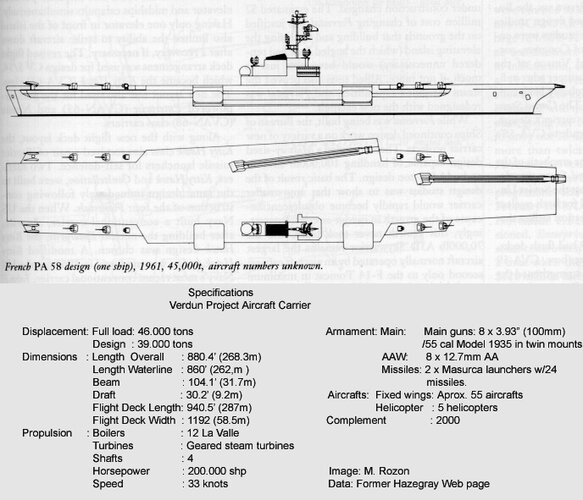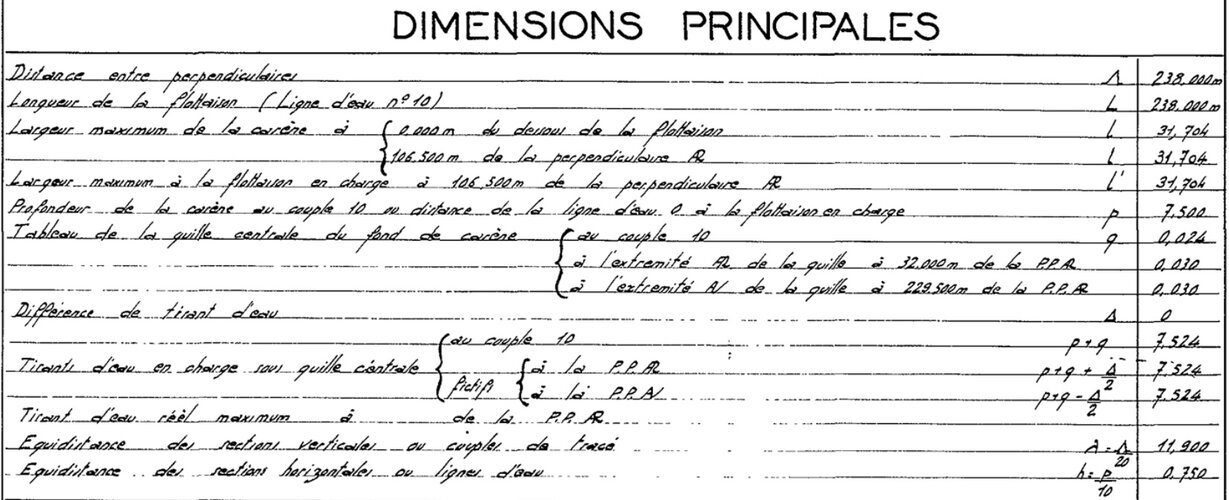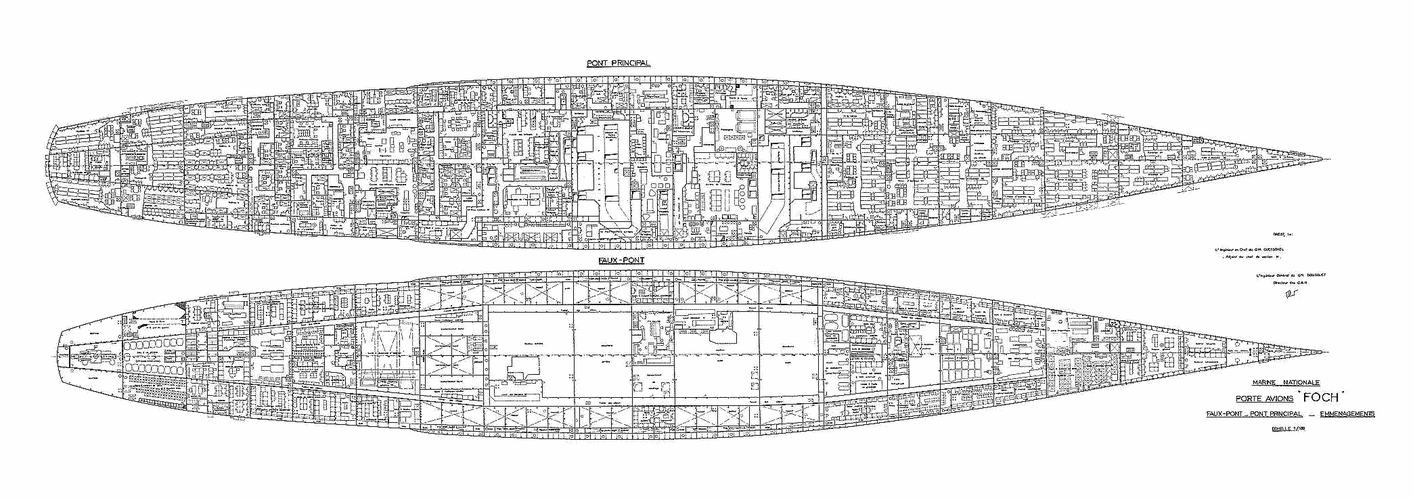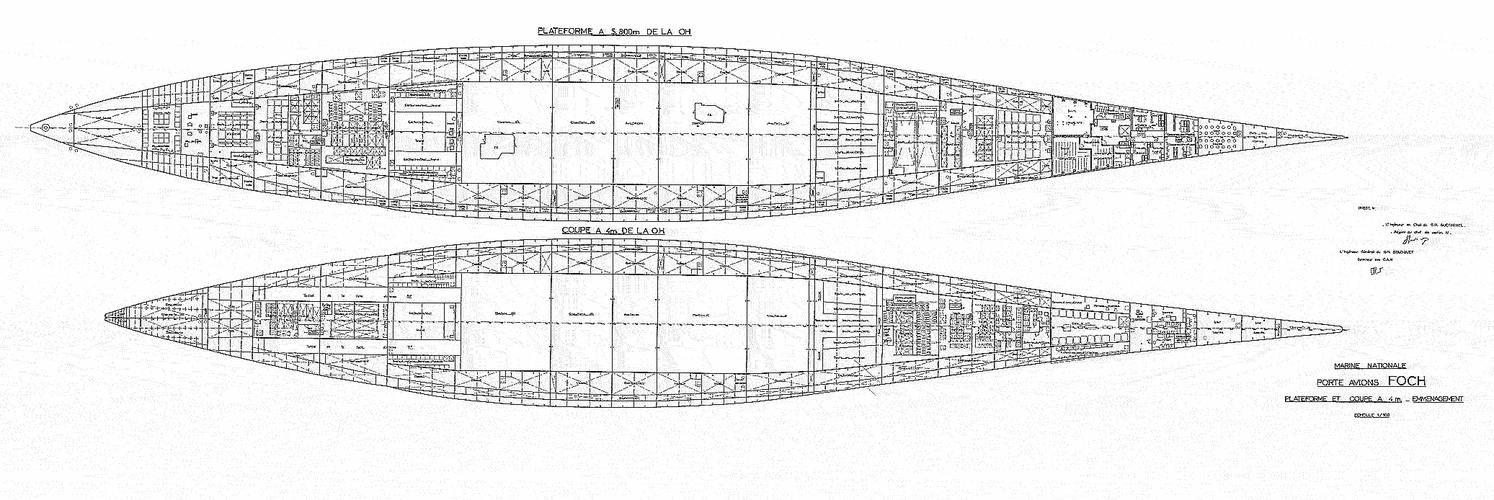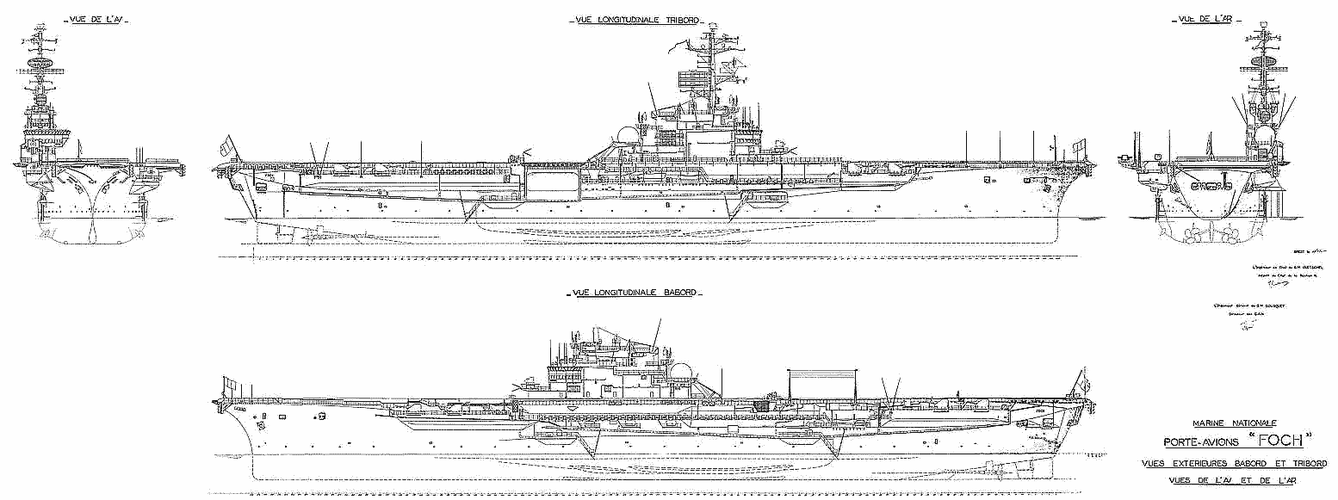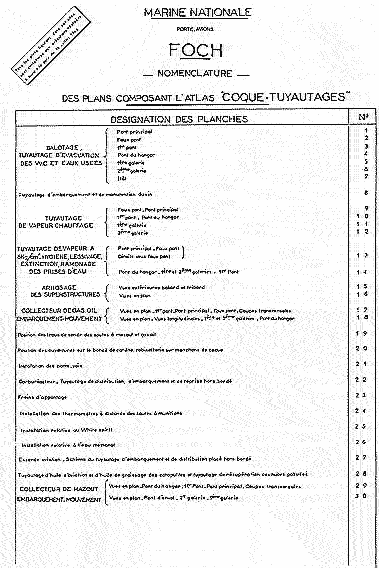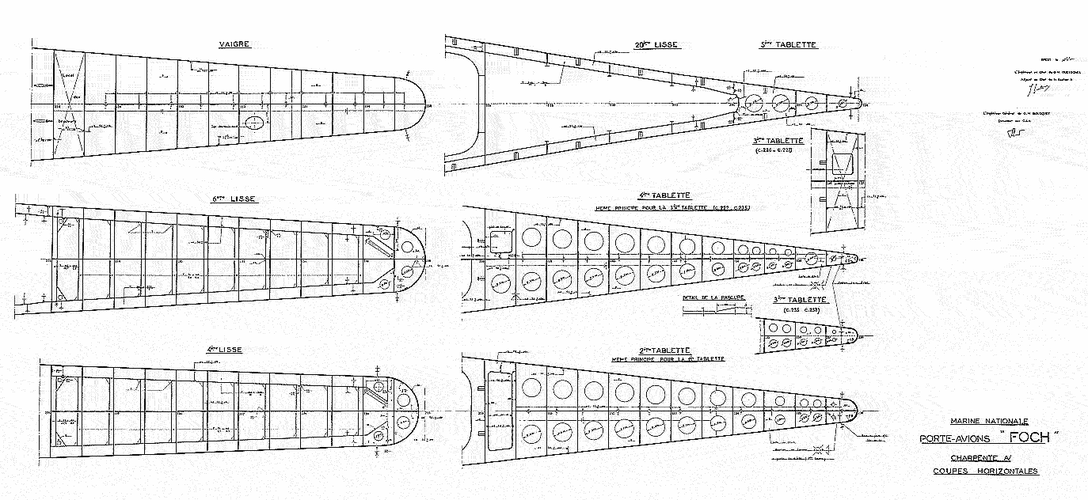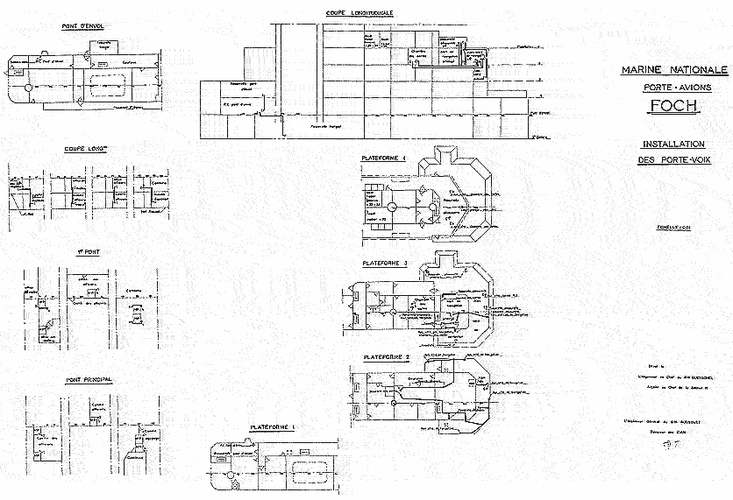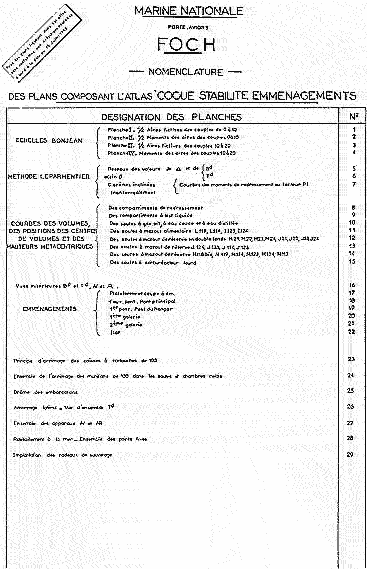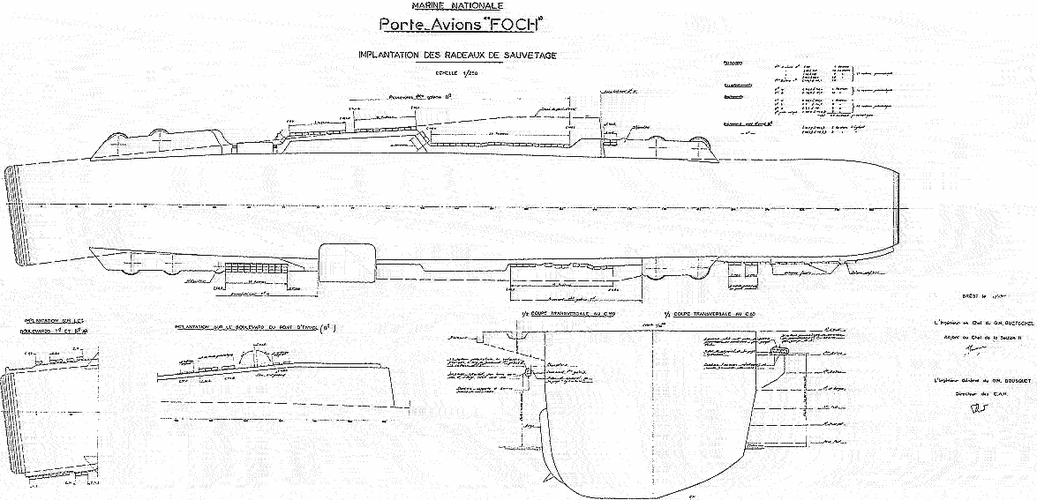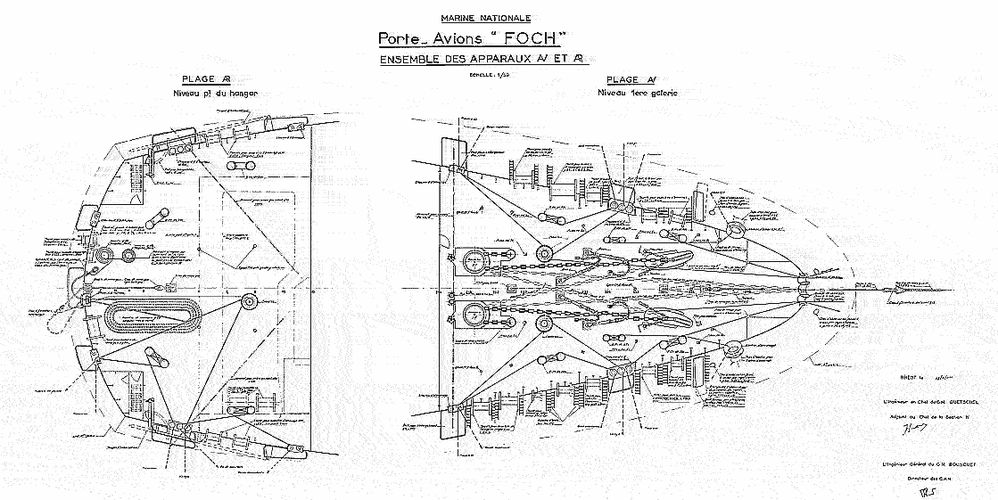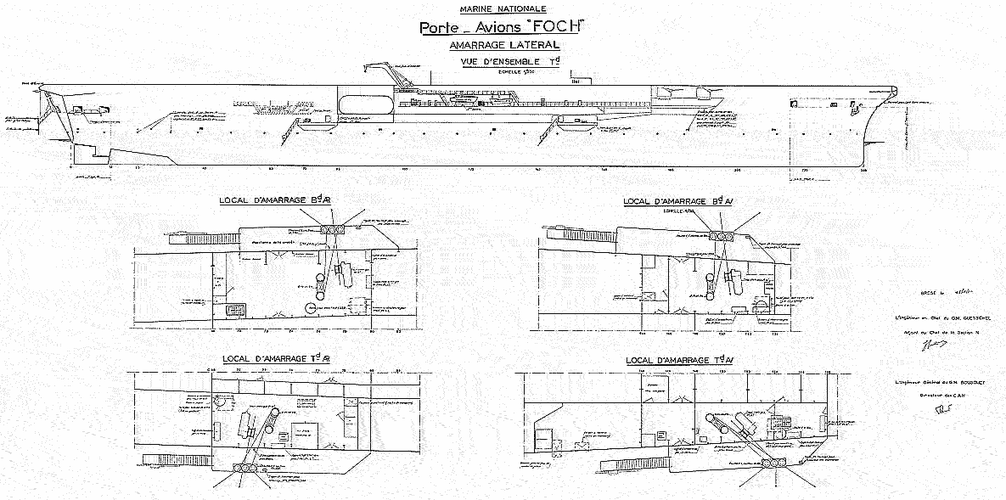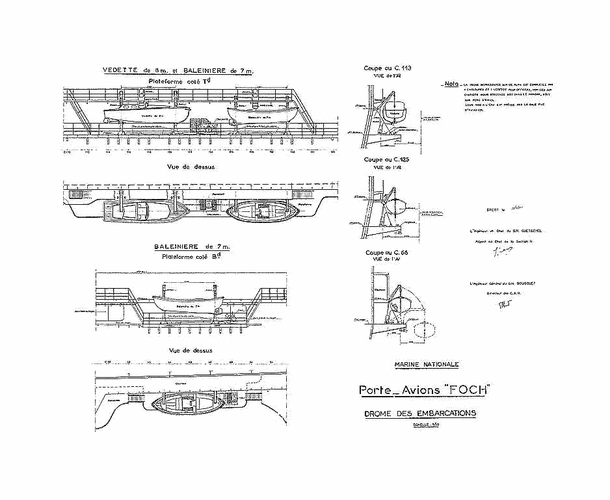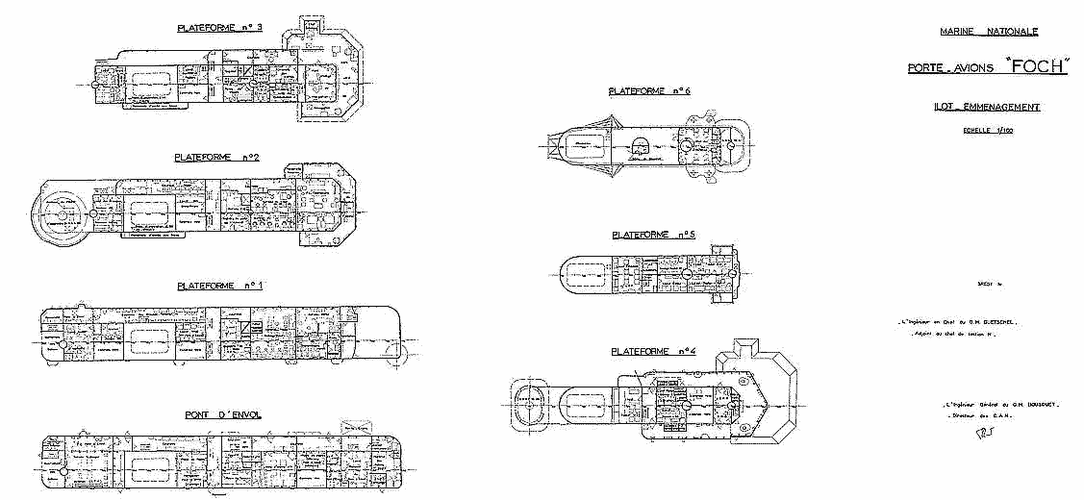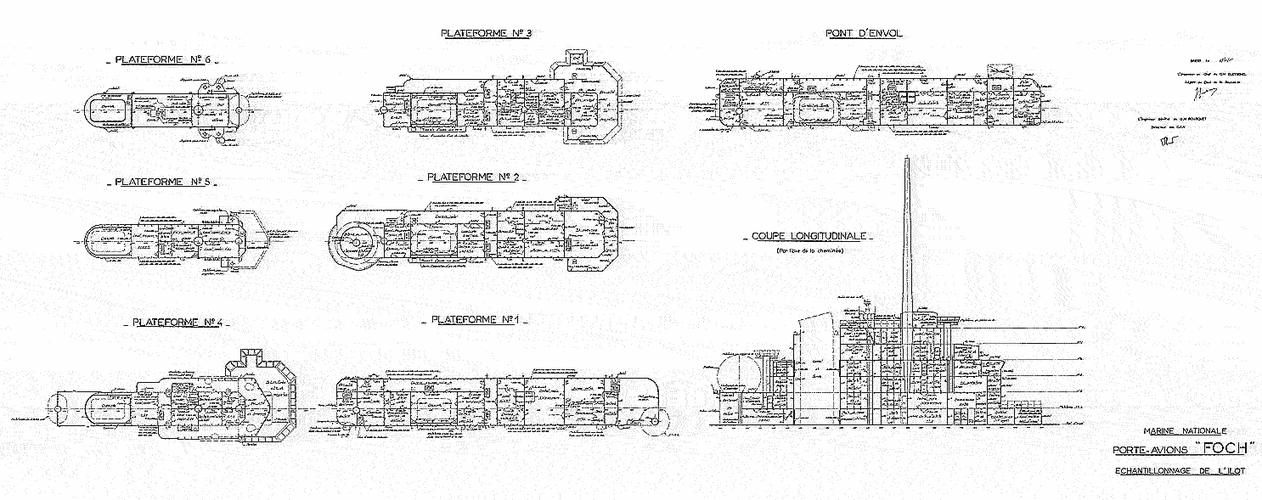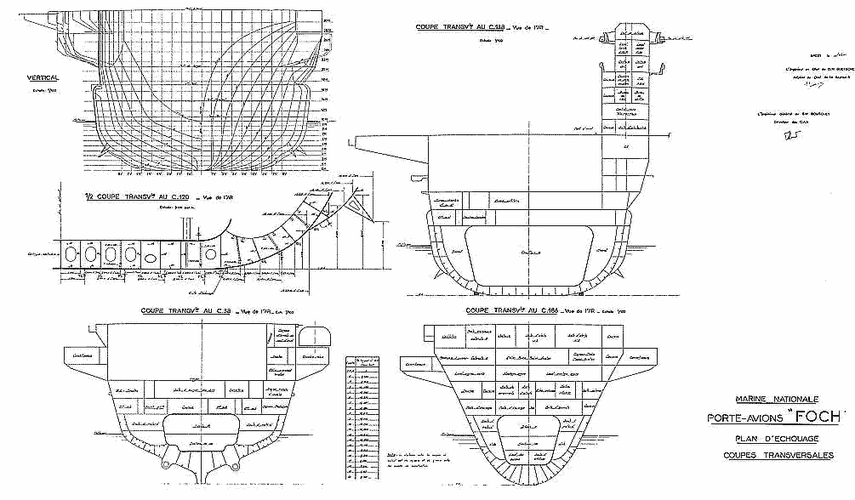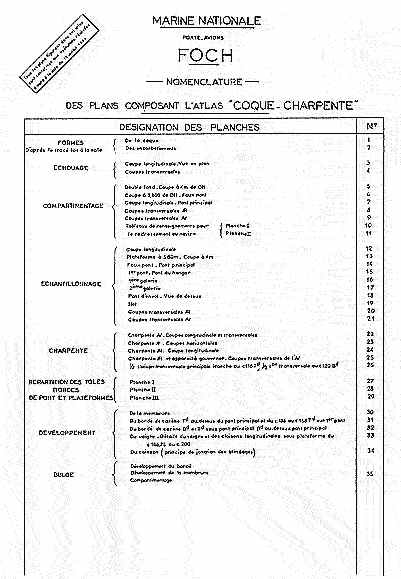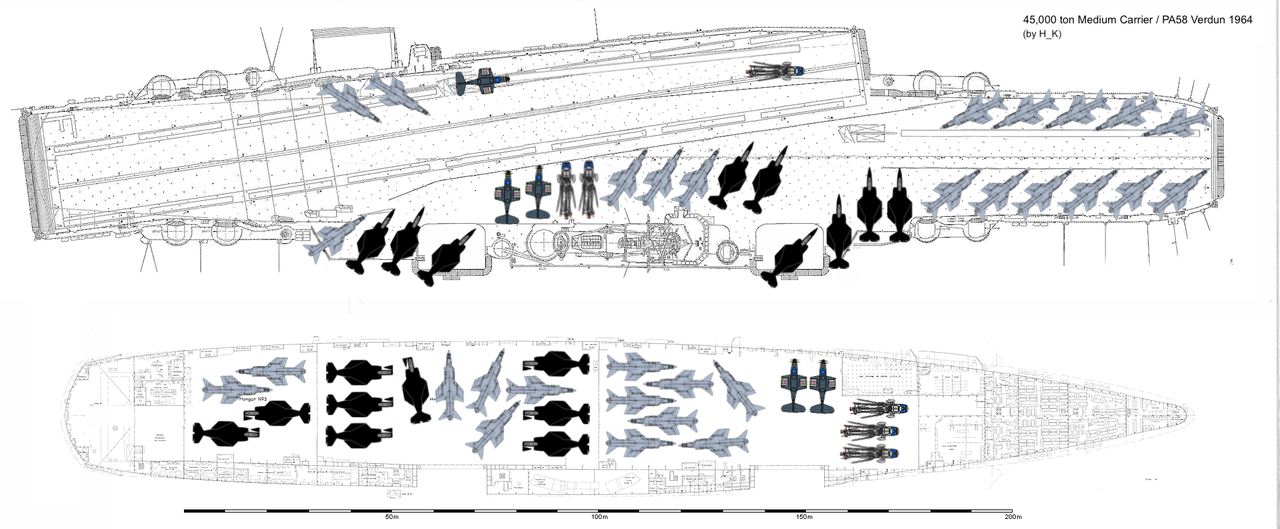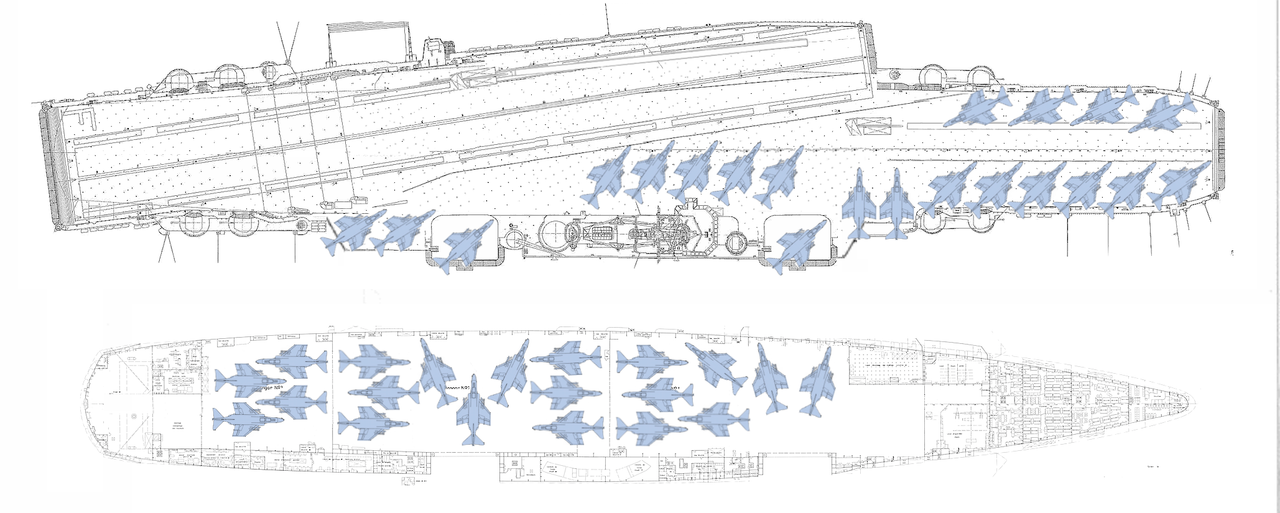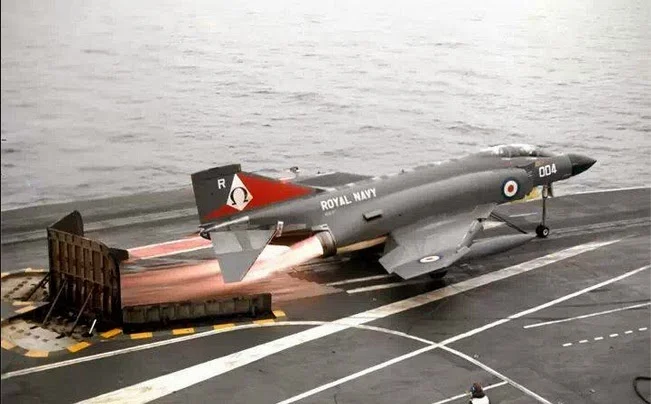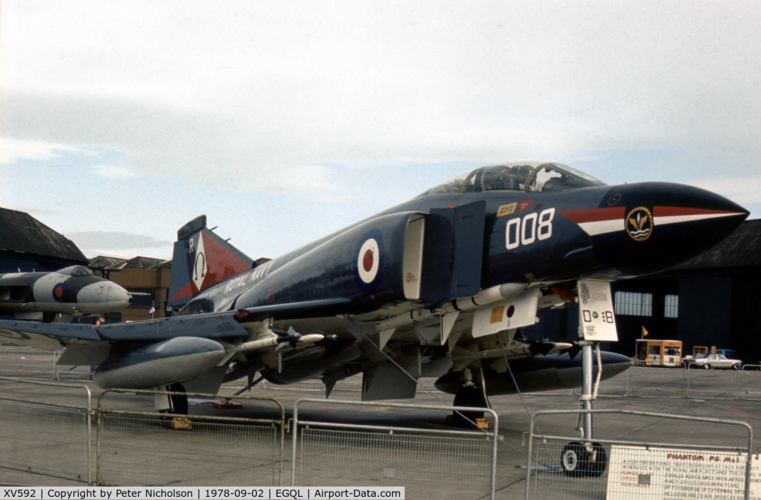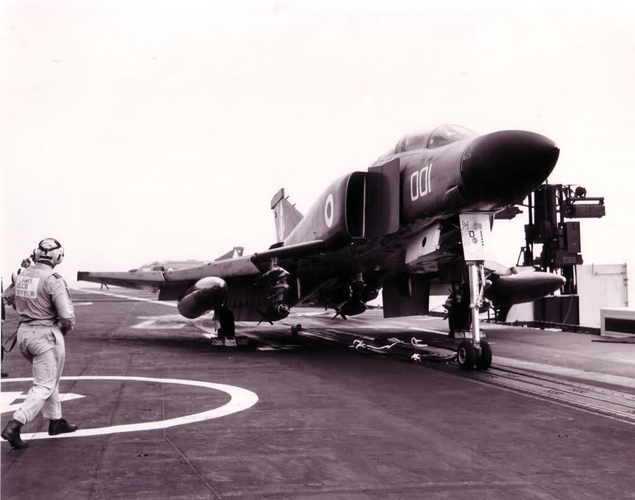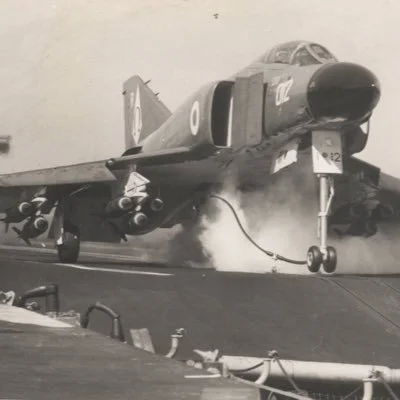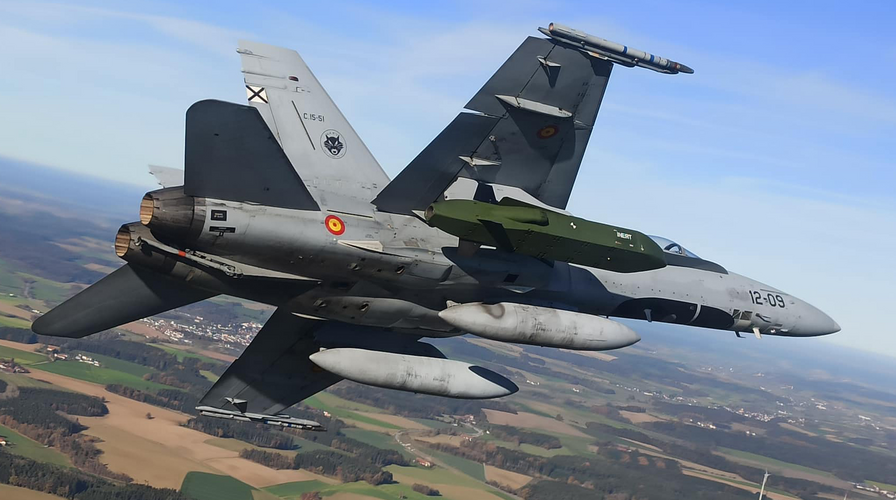orlovsky
I really should change my personal text
- Joined
- 28 May 2016
- Messages
- 268
- Reaction score
- 570
The issue of the catapults is closely related to Verdun and other projects like Hermes refits or CVA-01. Don't know whether it merits a thread of its own, I'll just add this:
Returning to the table above and comparing with the bs5 from the McD F-4K report, the catapults have similar performance even though the british boilers provided much lower pressure:
Clem Ark
33k lbs 110 ~110
40k lbs 100 ~100
Some snippets on google books suggest that the Clems had (initially?) bs4 catapults. A later improvement is likely, otherwise the F-8 would have been extremely marginal.
According to Friedman, Postwar Naval Revolution: "The first British steam catapult , BS4 , could launch 30,000 pounds at 105 knots in its least powerful version". Length not mentionned.
Hobbs has for
Centaur: bs4 139 ft 40k lbs @ 94 kts
Victorious: bs4 145ft 50k lbs @97 kts (better than the slightly longer bs5)
Hermes: bs4 175 ft and 151 ft, both 50k lbs @ 94 kts (odd and from other sources, these lengths were only planned for the F-4)
Eagle and Ark: bs5 151 ft 50k lbs @ 91 kts, abs5 199 ft 50k lbs @105 kts (as in the F-4K charts)
And on some forums, there is the BS4 103ft with 40,000lb@78kt (which fits the Centaur data)
As the numbers are all over the place, I suggest the hypothesis that
- the change of bs mk4 to mk5 included an improvement, somewhere in the 10-15 kts region
- that change was probably retrofitted to the carriers still in service
Unfortunately, from the sources available, it is unclear what that change was.
Amazon now has the softcover version of Moulin's book on Clemenceau and Foch for Kindle. From this, a part of the puzzle can be solved.
He states a more powerful 51,5m (169 ft) bs5 with 110 kts @ 20 metric t replacing a bs4 with 95 kts @ 20t, 110 kts @ 15t and 130 kts @11t.
Together with the table from old training material I linked above, this means the catapult was improved, but also extended from 157 to 169 ft (fitting the 12 ft increments). He does not say when this happened, but it's probably related to the crusader buy.
For comparison, this improved bs5 is about 15 kts better than the 151ft bs5 Ark Royal bow cat, about equal to the 199ft bs5a Ark waist cat, and maybe 10-12 kts short of the C-11.
It would require about 20 kts wod for the F-8J, 20-25 kts for the F-4B (internal fuel/missiles only) and something in that ballpark for the F-18 in fighter trim (1 droptank, missiles). Fits nicely with the F-8 operating smoothly and no big problems seen for the F-18.
This should also explain the various claims that the Clems were limited to 15 or 18 ton jets: The initial bs4 or the short bs5 on RN carriers would be marginal for say the F-8 (30-32k lbs, 30-35 kts wod).
Extending the improved bs5 to 75m as in the PA-58 projects should result in something like the USN's C-7 catapult.
Some other interesting stuff in that book...

